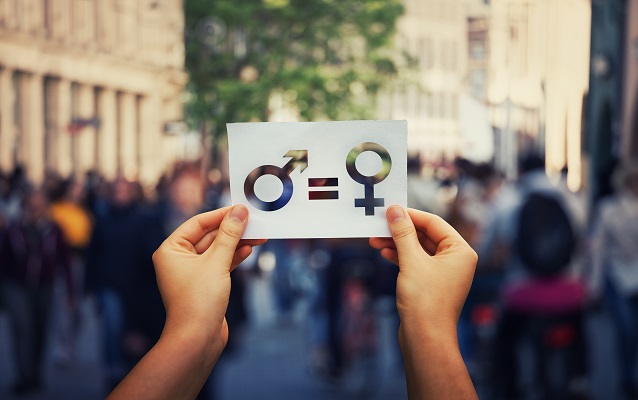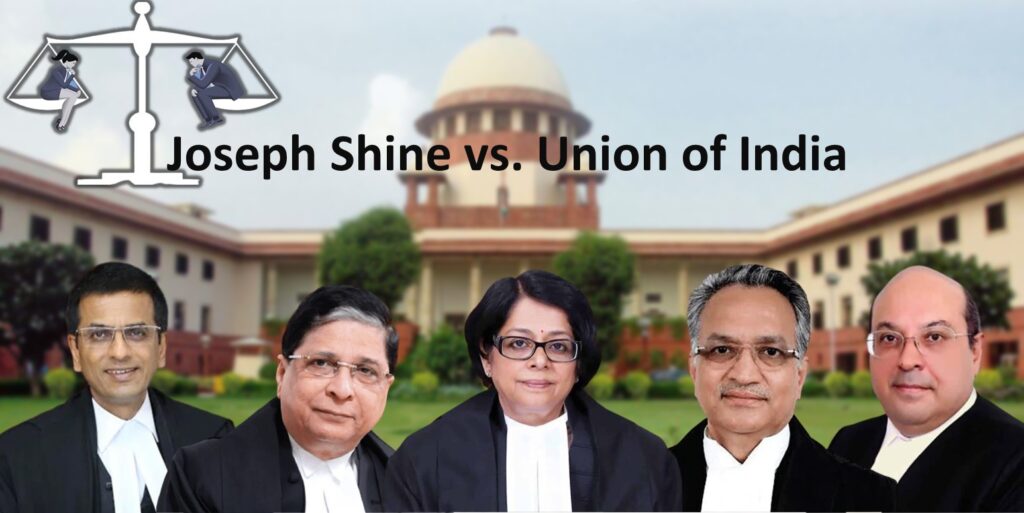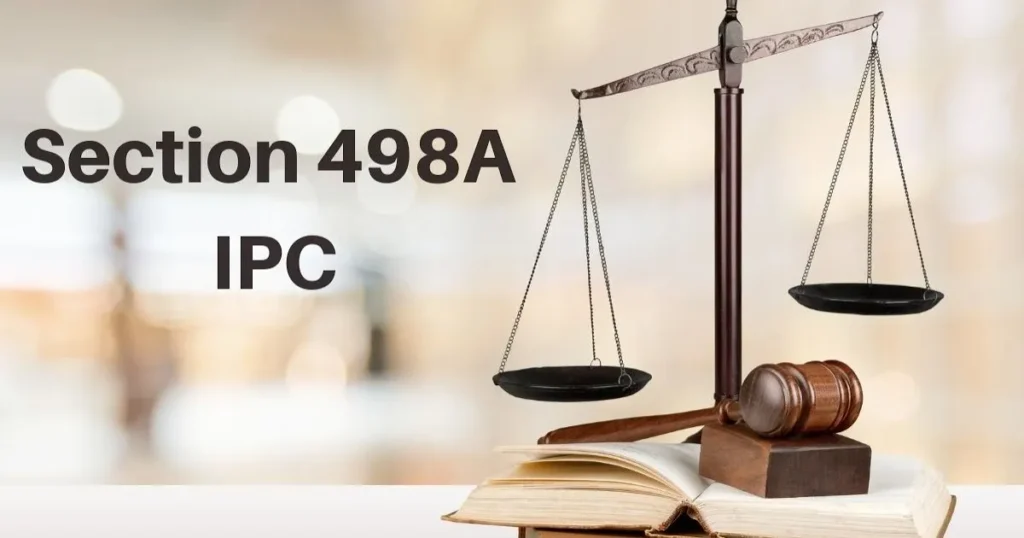
The trajectory of the pursuit of gender justice in India has been very complex and one that has continuously evolved over the years. This has been characterised by a few landmark Indian cases on gender justice that have transformed the legal paradigm regarding the same.
Here, we have discussed some of the pioneering Indian cases related to women’s rights laws in India, men’s rights laws in India and LGBTQ rights laws in India.
Vishaka vs. State of Rajasthan (1997)

This is one of the most important cases regarding women’s rights laws in India. It became the foundation for laying down guidelines for addressing sexual harassment in the workplace.
A case was filed after the gang rape of social worker Bhanwari Devi in the state of Rajasthan. The judgment by the Supreme Court established preventive measures by the employer against sexual harassment.
Later, it was due to this case, that the Sexual Harassment of Women at Workplace (Prevention, Prohibition, and Redressal) Act, 2013 came into being to create a safer workplace environment for women.
Navtej Singh Johar v. Union of India (2018)

This was a landmark verdict in the context of laws on LGBTQ rights in India. It decriminalised consensual sexual acts between adults belonging to the same gender. Notifying this judgment, the Supreme Court negated Section 377 of the Indian Penal Code under which same-sex relationships were considered to be criminal offences.
This judgment set the tone for judicial pronouncements on the rights and entitlements of people from the LGBTQ community to equality and dignity.
Joseph Shine v. Union of India (2018)

This judgment opened the door to a progressive reinterpretation of men’s rights laws in India. Joseph Shine had, in his plea, challenged the validity of Section 497 of the Indian Penal Code, which holds men alone criminally liable for adultery.
The Supreme Court struck down such a section for being archaic and discriminatory. The judgment appreciated that the law merely treats the woman as chattels or personal properties of a man with whom he can use and enjoy human property; it, therefore, offends the fundamental right to equality.
NALSA v. Union of India (2014)

In another landmark case related to LGBTQ rights laws in India, the NALSA (National Legal Services Authority) v. Union of India judgment recognised the rights of transgender persons. The Supreme Court declared them to be a ‘third gender,’ upholding their basic rights, including the right of self-identification.
There has never been a greater instance in which it identified a separate transgender group and related rights than in the case of pioneering gender justice in India.
Sabarimala Temple Entry (Indian Young Lawyers Association v. State of Kerala, 2018)

There was a dispute regarding the entry of women aged 10 to 50 into Sabarimala Temple. In this regard, the Supreme Court reviewed, removed, and uprooted all entry restrictions that banned women of menstruating age from entry into the Sabarimala Temple, thus entrenching itself as a milestone in women’s rights laws in India.
It held that the practice was discriminatory and violated the capability of women to be afforded equality in their rights and freedom of religion. This judgment gains significance for removing set gender biases in practices related to religious places and furthering gender justice for women in India.
Case of Shah Bano (Mohd. Ahmed Khan v. Shah Bano Begum, 1985)

The said case was a turning point in the issue of Muslim women’s rights. The 62-year-old Shah Bano sought maintenance from her husband after he divorced her under the triple talaq. The Supreme Court ruled in her favour for getting maintenance under Section 125 of the Criminal Procedure Code.
However, the case became one of the factors that controversially contributed to the promulgation of the Muslim Women (Protection of Rights on Divorce) Act, 1986, as it galvanised the need for more gender-just laws. It triggered national debates relating to women’s rights laws in India (especially Muslim women).
Domestic Violence Act (2005)

Though the Protection of Women from Domestic Violence Act, 2005 is legislation mainly designed to protect women, it has also been the reason for debate over men’s rights laws in India in a number of cases. Some men’s rights activists consider such an act as a means to falsely accuse men. This has therefore resulted in demands for laws, which are gender-neutral, and which protect everybody from domestic violence; hence the need to look at balanced gender justice in India.
For example:
- In Arnesh Kumar vs. State of Bihar & Anr. (2014), the Supreme Court cautioned against the automatic arrest of husbands under the DV Act, emphasizing the need for a preliminary inquiry to prevent misuse of the law. This case highlighted the vulnerability of men to false accusations and the importance of due process.
- In Rajesh Sharma & Ors. vs. State of U.P. & Anr. (2017), the Supreme Court held that the DV Act cannot be used to settle property disputes or for personal vendetta. This judgment stressed that the primary objective of the Act is to protect women from domestic violence, not to become a tool for harassment.
- In Hiralal P. Harsora and Ors. vs. Kusum Narottamdas Harsora and Ors. (2016), the Supreme Court ruled that a complaint under the DV Act can be filed against female relatives of the husband, recognising that women can also be perpetrators of domestic violence. This case highlighted the need for gender-neutral laws to address domestic violence comprehensively.
Anti-Dowry Laws (Section 498A of IPC)

Section 498A of the Indian Penal Code deals with cruelty to women by their husbands and in-laws and has been a matter of controversy. Critics contend that it is often misused to harass men and their families – and the demand for laws safeguarding men’s rights in India has been gaining traction.
These concerns have been recognised by the apex court and amendments to prevent misuse while protecting the rights of women have been strongly called for.
For example:
- Savitri Devi vs. Ramesh Chand & Ors (2003): The Supreme Court acquitted a man and his family who were falsely implicated in a dowry harassment case. The court observed that the woman had filed the complaint to settle personal scores.
- Sushil Kumar Sharma vs. Union of India & Ors (2005): The Delhi High Court quashed a dowry harassment case filed against a man, stating that the allegations were vague and unsubstantiated. The court emphasised the need for concrete evidence before initiating legal action under Section 498A.
- Ramgopal and Ors vs. State of Madhya Pradesh (2017): The Supreme Court set aside the conviction of a man and his family under Section 498A, highlighting that the allegations made by the woman were based on hearsay evidence and lacked credibility.
The Transgender Persons (Protection of Rights) Act, 2019

A decade after the NALSA judgment, in 2019, judgment, India finally legislated the Transgender Persons (Protection of Rights) Act. The act makes discrimination against a transgender person in any aspect or field, be it at the workplace, schools, or even hospitals, a criminal offence. Although the act has been condemned for having numerous shortcomings, it is at least a stepping stone for the actualisation of LGBTQ laws in India.
This Act has been recently enacted but some cases are already talked about related to this:
- Grace Banu Ganeshan & Ors. v. Union of India & Anr.: This is a writ petition filed in the Supreme Court of India challenging the constitutionality of certain provisions of the Act. The petitioners argue that the Act falls short of protecting the rights of transgender persons and violates their fundamental rights.
- Swati Bidhan Baruah v. Union of India: This is another writ petition challenging the Act, particularly focusing on provisions related to the certification process for transgender identity. The petitioner argues that these provisions are discriminatory and violate the right to self-identification.
- Various petitions against Section 377 IPC: While not directly under the 2019 Act, several petitions have been filed seeking the decriminalisation of same-sex relations under Section 377 of the Indian Penal Code. These petitions often reference the rights of transgender persons and the need for broader legal protections for the LGBTQ+ community.
Puttaswamy v. Union of India (2017)

More renowned for its affirmations, Puttaswamy was the case that put in place and stated the obvious—that privacy is a fundamental right—with much deeper implications as far as the rights of LGBTQ people in India are concerned. The judgment recognised that privacy includes the right to autonomy over one’s body and personal relationships, and set down important markers in law from where a case on the rights of LGBTQ people could be argued in future and gender justice in India could be advanced.
Conclusion
These leading Indian cases in gender justice time and again keep revealing the constant flux and change in this field. That includes women’s rights laws in India, men’s rights laws in India, and LGBTQ rights laws in India. The judiciary has played a lead role in advancing gender justice, but the journey is far from over.
Efforts must be made to change laws into practice whereby every human being, whether male or female, should enjoy equality under the law in general, These gender justice cases here are not just landmarks in terms of legal development but game changers for the society itself, which keep on inspiring the debate and working towards a more just and equitable society.




